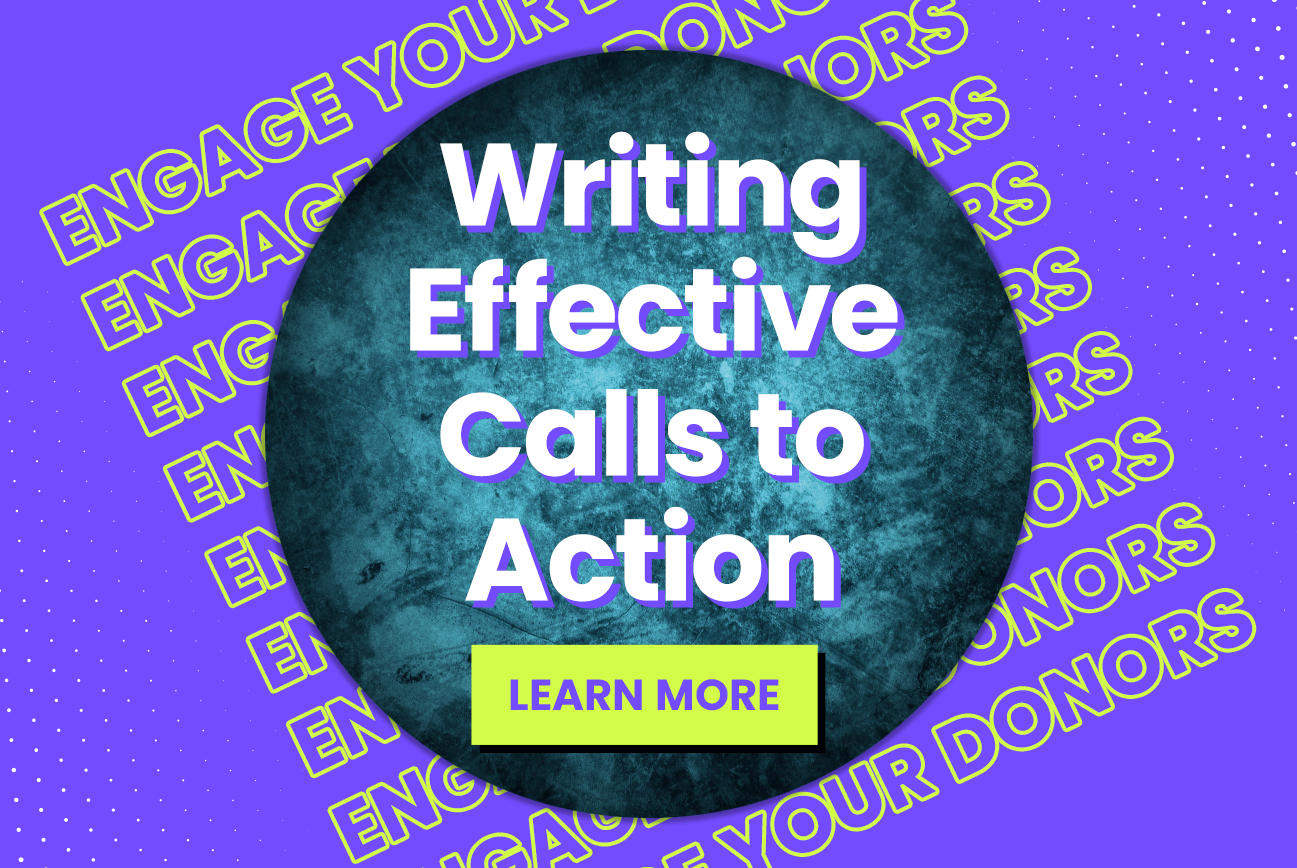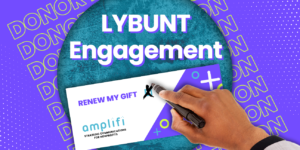You know you’re going to have a hard time raising money and achieving your goals if your nonprofit’s call-to-action leaves a lot to be desired.
Building an effective communication strategy for your nonprofit takes a lot of work. You need to plan how you will tell your story across multiple channels, make the right ask, and so much more.
And your nonprofit’s call-to-action requires as much attention as the other important elements of your communications strategy, whether it’s in direct mail appeals, email asks, or on your website.
You can’t afford to sell yourself short when it comes to your CTA. So, here’s everything you need to know:
Tie into your mission.
First, it is important to ask yourself, “What action do I want my audience to take?”
The obvious answer is to donate. And although “Donate Today” or “Support Us” can work, you might be overlooking stronger options.
If you’re familiar with our approach, you’ll know we’re big believers in mission-focused messaging. This means that every communication should tie into why your organization exists and why your work is so important.
And the mission-focused approach is crucial if you want to improve your nonprofit’s call-to-action.
Is donating really the action you want supporters to take? Or are you encouraging them to further your mission and achieve your goals?
Your nonprofit’s call-to-action should reflect a donation’s real impact on your mission. This is the first step in inspiring your donors to act.
What are we getting at?
Your audience will be more excited to “Feed a Family” or “Educate a Child” than to “Donate Now.”

The natural next step.
There are many reasons someone will visit your website. But no matter what brought them there, your goal is to secure a donation. You need to make this as clear and easy as possible without detracting from the other content on your site.
So, your call-to-action should feel like a logical next step for your online visitors.
Make clickable buttons stand out from the other elements of your website. Use colors that contrast against the background and fonts that are large and easy to read.
You can also take advantage of white space. An empty area around the button will help draw the user’s eye to this section of your page.
Be strategic with where you place your nonprofit’s call-to-action buttons on your web pages.
For example, placing a button that leads to your online donation page on the top right corner of your homepage makes a lot of sense. It fits in with the natural way we read a web page. It also keeps your call-to-action above the fold, so users won’t have to scroll to find it.
And remember to challenge yourself by going beyond the generic “Donate Now.” You can raise more by reminding donors what they are about to accomplish with their gift.
READ MORE: Let’s freshen up your online donation page.

How about your appeal letters?
Obviously, you can’t use clickable buttons for your nonprofit’s call-to-action in your print appeal letters and reply cards. So, when you make the ask, you’ll need a strong, in-text call-to-action to inspire donors to mail a check or go online where they can donate.
It takes some extra effort to inspire donors with only text.
You need to re-state why your work is important, evoke an emotional reaction, connect with donors on a personal level, communicate urgency, and show how their gift will make a difference. And you only have a few words to do it!
You will also need to decide where to place your nonprofit’s call-to-action in your letter. The key is to use it a few times throughout. That way, those who skim through will not miss it.
So, what does this look like? Here’s an example:
“Your donation of $X will change lives in your community by helping the less fortunate find meaningful employment.”
READ MORE: An exercise that will amplifi your next appeal letter.

Driving clicks from email.
The calls-to-action in your email appeals should combine the strategies we’ve discussed above for your print appeals and web page. So, keep this in mind whether you go for a heavily designed piece or an email that resembles something drafted minutes before pressing send.
For example, in the body of your email, include an in-text call-to-action, such as a clickable link to your online donation page.
This should resemble the language you use in your appeal letter’s call-to-action.
However, you should also include a more obvious call-to-action button, like on your website. Place this button up top in graphic-heavy emails so the action you want donors to take is immediately clear.
If you’re sending an email version of your appeal letter, place this button below the main text but before the sender’s signature!
Keep it simple.
Your appeal needs a compelling call-to-action if you want the donations to roll in. Whether they’re opening a letter, reading an email, or browsing your website, there shouldn’t be any uncertainty about what you want your audience to do!
So be sure to cut the clutter from your communications. The stories, images, and other elements in your outreach should all tie into your nonprofit’s call-to-action.
And while it is important to state your call-to-action several times in each communication, you never want to ask your audience to do more than one thing!
So, if you send out an end-year appeal email, make sure all links in your calls-to-action lead to your annual fund donation page. This isn’t the time to ask your audience to sign up for a newsletter, register for an event, or give to a capital campaign.
If you divide donors’ attention, you will confuse and overwhelm them. So, keep it simple, tie your call-to-action to your mission or a tangible goal, place it where it can’t be missed, and watch the donations flow in.
And click here if you want to talk about your CTA with an amplifi Development Strategist!









